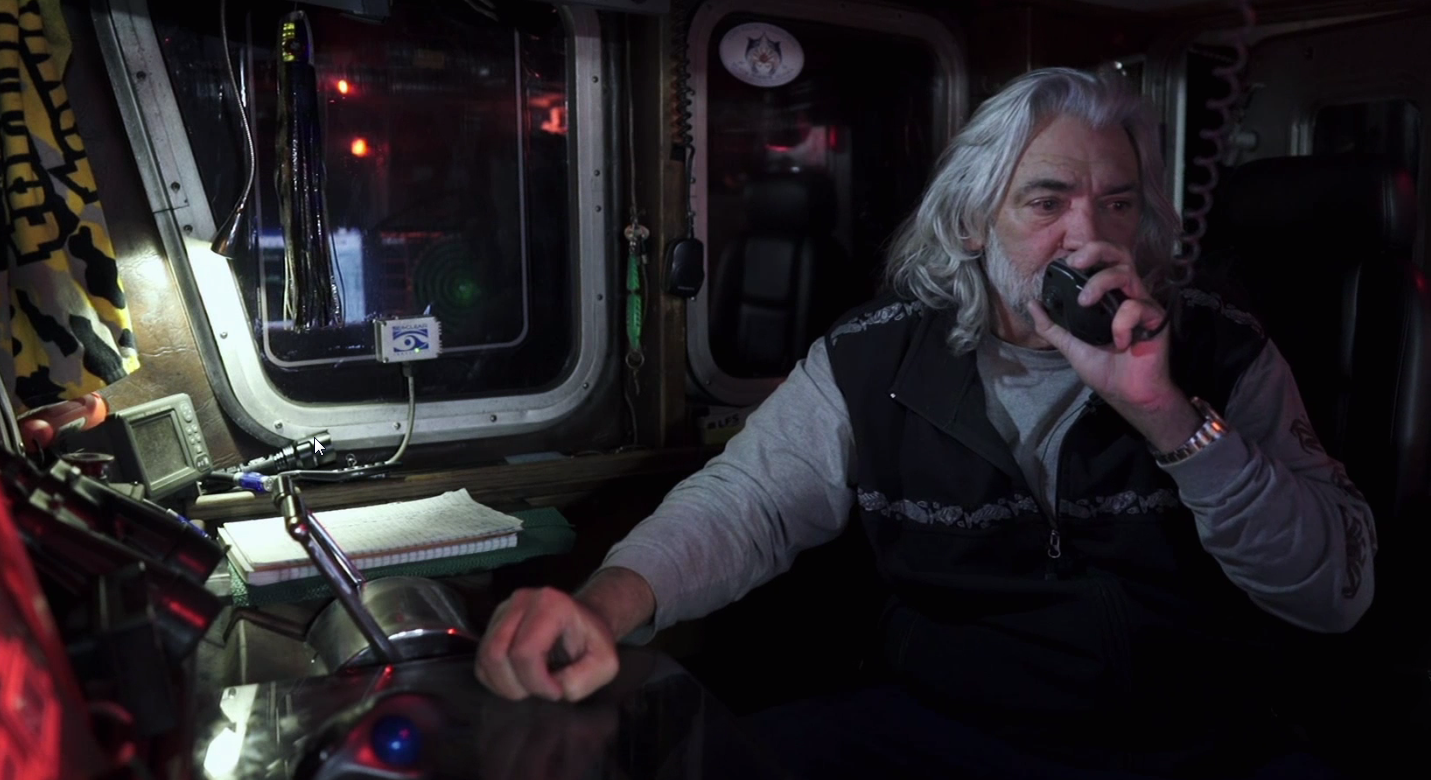EDITORIAL: New tax should be city’s last resort
Published 12:15 pm Wednesday, April 5, 2023
Baker City has a budget problem, but plundering city residents’ bank accounts should not be the solution. City Manager Jonathan Cannon told the city’s budget board, which consists of the seven city councilors and seven community members, during a March 28 meeting that projected spending in the general fund, for the fiscal year that starts July 1, will exceed estimated revenues by about $1 million ($6.57 spending, $5.57 revenues).
Trending
The board talked about the situation for more than an hour.
Although the March 28 meeting was intended for discussion rather than action, the time is relatively short. By state law the council has to adopt a final budget before June 30. Typically the budget board goes through the spending plan during May.
To be clear, the general fund is wholly separate from two other main parts of the city’s budget, the water and wastewater departments. The projected shortfall in the general fund has nothing to do with water and wastewater bills residents pay. That money goes directly to those two departments.
Trending
The general fund’s biggest revenue source is property taxes, about $3 million for the current fiscal year. State law caps yearly increases in taxes for existing properties, so the biggest potential source of significant new revenue is new housing and business construction. There is some of that in process or coming relatively soon, with the Silver Birch and Park Estates subdivisions on the east side of town, and the planned construction of Love’s Travel Center on the east side of the freeway. (Maverik also plans to build a second store in that area, but that property is outside the city limits.)
Another relatively large source of general fund revenue are the franchise fees that OTEC, Cascade Natural Gas and other utilities pay the city to use public rights-of-way for their lines and other equipment. Combined, franchise fees total about $750,000. But to boost those, the city would need to negotiate new contracts with the utilities, something that can’t be done in a few months.
The projected $5.67 million in revenue Cannon cited during the budget board meeting doesn’t include an estimated $1.4 million in beginning working capital, the largest share of which — about $900,000 — is one-time federal pandemic aid.
The city certainly can’t spend all, or even most, of that money — to do so would be fiscally reckless and, in effect, delay the financial reckoning.
But city officials should consider using some of those dollars in the next fiscal year.
The other side of the equation, of course, is expenditures.
Here, too, there are no simple, painless solutions.
About 66% of the general fund spending goes to the police and fire departments. And because personnel costs constitute about 75% of the departmental expenses, cutting police and fire budgets means laying off public safety employees.
This is not palatable, particularly coming less than a year after, at Cannon’s behest, city councilors agreed to cease ambulance service and trim the fire department’s staffing from 16.25 full-time equivalents to 10.5. That ill-advised decision cost the city the potential to realize a profit from ambulance billing.
And although Cannon claimed the city couldn’t afford to continue operating ambulances, the change has hardly been a financial windfall. Randy Daugherty, who was elected as budget board chairman March 28, said fire department overtime was about $100,000 during the first nine months of the current fiscal year.
Not surprisingly, some of the budget board’s discussion centered on imposing a new public safety fee on every household and business — a tax, to put it plainly.
That should be a last resort. City staff and councilors have an obligation to pinch every penny, without further eroding the city’s public safety capabilities, before taking more money from residents.









